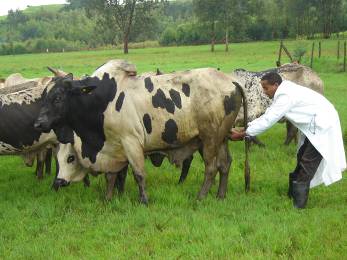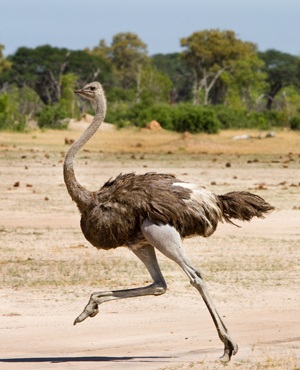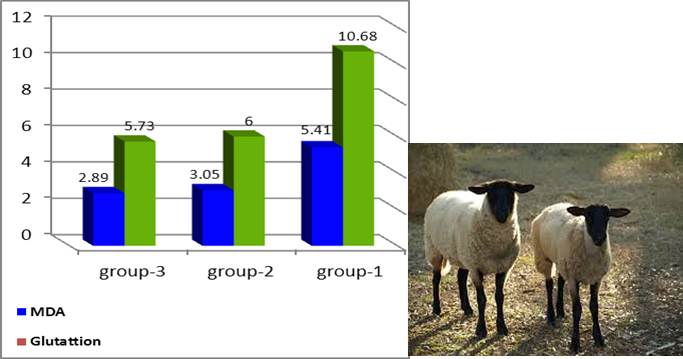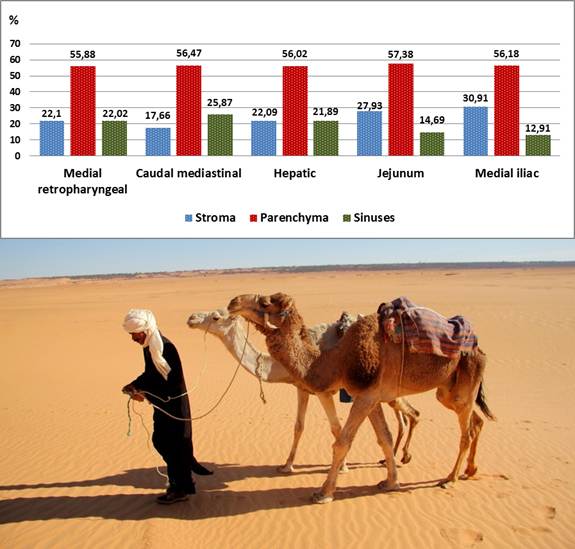Previous issue | Next issue | Archive
Volume 5 (5); September 25, 2015 [Booklet]
 Review
Review
A review on indigenous cattle genetic resources in Ethiopia: adaptation, status and survival.
Mekuriaw G and Kebede A, 2015.
Online J. Anim. Feed Res., 5(5): 125-137, 2015; pii: S222877011500021-5
Abstract
Ethiopia is endowed with different Indigenous cattle genetic resources with millions of people directly depending on them. However, despite the potentials of these diversified genetic resources, the huge loss of cattle genetic diversity is becoming a prominent challenge these days. The aim of this review is to show the current status and performance of some selected indigenous cattle breeds of Ethiopia for better understanding of the situation of these breeds for the collective efforts towards conserving and improving the breeds. Based on the review, there are persuasive evidences on the critical situation of the selected indigenous cattle breeds. The facts and figures of the past and current situation of the selected indigenous cattle of Ethiopia showed that the situation of these breeds is very critical. This situation therefore demands the need to devise strategies to conserve and improve the cattle breeds based on the challenges that threatens them. Use of new biological and information technologies is also imperative to facilitate the genetic restoration process. Besides, use of new biological and information technologies which can enhance the conservation and improvement program are crucial. Various ongoing development interventions like Artificial Insemination and introduction of genotypes into new environments that are exacerbating threat of the breeds should totally be avoided by revising and designing sound approaches for cattle Conservation and improvement programs. Strict regulations and by laws should also be in place for illegal movement of breeding cattle to the neighboring countries.Keywords: Genetic Resources, Indigenous Cattle, Ethiopia
 Research Paper
Research Paper
Effect of floor type on behavioural activities of intensively managed ostriches.
Seabo D, Waugh E, Tsopito Ch and Cooper F.
Online J. Anim. Feed Res., 5(5): 138 141, 2015; pii: S222877011500022-5
Keywords: Ostrich, Activity, Grit, Non-Grit
 Research Paper
Research Paper
Oxidative stress in sheep induced by cadmium chloride toxicity, with therapeutic effects of alpha lipoic acid.
Naji HA and Zenad MM.
Online J. Anim. Feed Res., 5(5): 142-147, 2015; pii: S222877011500023-5
Abstract
Cadmium (Cd) is a heavy toxic metal, with harmful effects on animals and public health. Recently the risk of cadmium toxicity is substantially regarded; the environmental pollution is increased due to multi- uses of this element in various industries. This study was performed to clarify the effects of acute cadmium toxicity in sheep with trail of using alpha lipoic acid as an antioxidant therapeutic substance. Fifteen male lambs aged from 5-to-7 months were divided equally in to three groups, they were supplied with ordinary diet and provided with water ad-lib, the first group 1 was administered a single dose of CdCl2 3 mg/kg.bw subcutaneously (S/C), the second group 2 was injected with the same dose of CdCl2 and by the same route, and then simultaneously administered an alpha lipoic acid 50 mg/kg.bw intramuscularly, the later drug was repeated after 12 hours via the same route. The third group 3 was left as control and given normal saline (S/C). All animals were daily monitored and the clinical signs were recorded. The signs of cadmium toxicity appeared 18 hours post CdCl2 administration in the group 1; the signs were gradually increased in severity and multiple systems were involved included: digestive disturbances, cardiovascular and neurological dysfunctions, and locomotors abnormalities. Significant elevations in the body temperature, respiratory and heart rates were observed, deaths of 2 lambs were recorded 96 hours post CdCl2 injection. The group 2 showed mild clinical signs, and no death was occurred, moreover insignificant variations between clinical parameters in both groups 2 and 3 were recorded. Serum biochemical analysis revealed significant (P<0.05) increased of malondialdehyde (5.41 ± 0.282 µmol/L) and glutathione (10.68 ± 0.38 µmol/L) concentrations and marked elevation of serum catalase activity (103.85 ± 3.93 u/L) was also observed in group I, whereas the last three parameters showed no significant differences between groups 2 and 3; these results pointed to the role of alpha lipoic acid in ameliorating the toxic effect of cadmium to great extent.
Keywords: Cadmium Toxicity, Alpha Lipoic Acid, Antioxidant, Sheep.
 Research Paper
Research Paper
Structural and functional characteristics of the parenchyma of the lymph nodes dromedary (Camelus dromedarius).
Gavrylin P, Rahmoun DE, Lieshchova MA.
Online J. Anim. Feed Res., 5(5): 148-152, 2015; pii: S222877011500024-5
Abstract
The study of somatic and visceral lymph nodes of mature dromedary (Camelus dromedarius) has shown a structure of conglomerates, which are they made up of same subunits, the detailed histological study shows a wide parenchyma and lymphatic sinuses divided into distinct structural and functional areas (compartments). It was found that somatic lymph node (LN) has an unequal development of the main components of the tissue (stroma of connective tissue, lymphatic sinuses, lymphoid parenchyma) the relative area of each of them is about 30 to 35%. The richest areas in cells in the lymph nodes of the dromedary are the depth cortex units in the somatic lymph nodes and the medullar cords in visceral lymph nodes. The content in the two groups of follicles of the lymph nodes of the adult dromedary does not exceed 6%.
Keywords: Lymph Nodes, Dromedary, Structural And Functional Areas, Lymphoid Parenchyma, Deep Cortex Units, Histoarchitectonics Relative Area, Medullary Cords, Lymphoid Follicles
Previous issue | Next issue | Archive

This work is licensed under a Creative Commons Attribution-NonCommercial 4.0 International License.
| < Prev | Next > |
|---|


